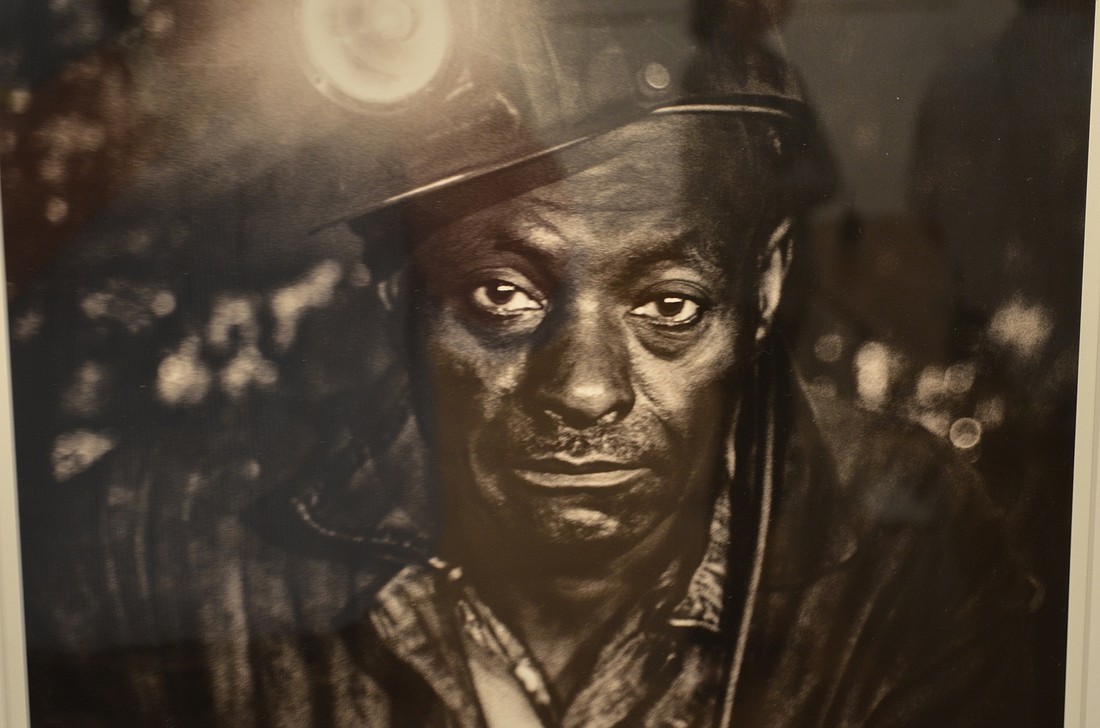- April 3, 2025
-
-
Loading

Builder Levy has been thinking about and asking himself one question over his four decade career as a public school teacher in the New York City public school system and as a photographer taking pictures on the streets of Harlem, the hills of West Virginia and the farthest corners of Asia: Which Side Are You On?
That question came to Levy (born in 1942) the first time as a young man growing up in Brooklyn, New York when he heard folk icons Pete Seeger and Woody Guthrie cover the song of that same name that told the story of miners striking in Harlan County, Kentucky and discusses which side of the struggle one was on, that of the union or that of the mining company.
Levy would hear the song playing in his mind and heart again in 1965 when he read news reports of coal miners starving in Hazard, Kentucky. By then Levy had spent time as a school teacher instructing art in inner-city schools in Brooklyn as well as finding his way around a camera and taking photos of the Civil Rights' marches going on in his students' neighborhoods. In 1968, Levy decided to venture down to the mining communities he heard about striking on the news and in his favorite folk songs to document their experience. He's been going back almost every year since.
The fruits of this massive photography study of the people and communities of coal mining towns up and down the Appalachian Mountain trail, particularly in West Virginia, Kentucky and Pennsylvania, have found a temporary home at the John and Mable Ringling Museum of Art. The exhibit, running from July 10 through September 13, features original black and white photographs displaying home life, soot-covered miners working underground, labor strikes and aerial shots of mountain ranges devastated by advance strip mining techniques that have cleared away the environment and backyards of communities already ravaged by economic disparity.
"When I first started this project, I wanted to do something where I could explore and see the American heartland," says Levy. "The whole project and use of photographic art was just another way to say how I feel and also how the people in front of the camera feel."
Levy first started expressing himself artistically by following his heroes in the genre of abstract expressionism like the painter Willem de Kooning and sculptor John Chamberlain. But Levy soon realized his work didn't move and inspire him the way others' work did. So he moved behind the lens and soon discovered the power and artistry of the camera. "Photos had meaning for me," says Levy. "I loved the fact that you could be an artist and reflect real life. It's a combination of art, anthropology and history."
And similar to Dorothea Lange's photos of migrant farm workers during the Dust Bowl, Levy's black and white photos illicit a powerful immediacy, intimacy and a time and place. They're portals into another world. And like any great work of art or great artifact, Levy's work has been featured in galleries and museums all over the world including the Museum of Fine Arts, Houston, the High Museum of Art, the International Center for Photography, the Metropolitan Museum of Art, the Chrysler Museum of Art, the Sir Elton John Photography Collection and the Victoria and Albert Museum.
"I was fascinated by Levy's persistence of following this project through to completion," says Christopher Jones, assistant curator of exhibitions at the Ringling Museum, who organized the show. "I was also fascinated by the variety and ways he tells this story of Appalachia. Builder uses portraits, scenes, protests and aerials to show hom mining has impacted these communities. It's photography as emotional realism."